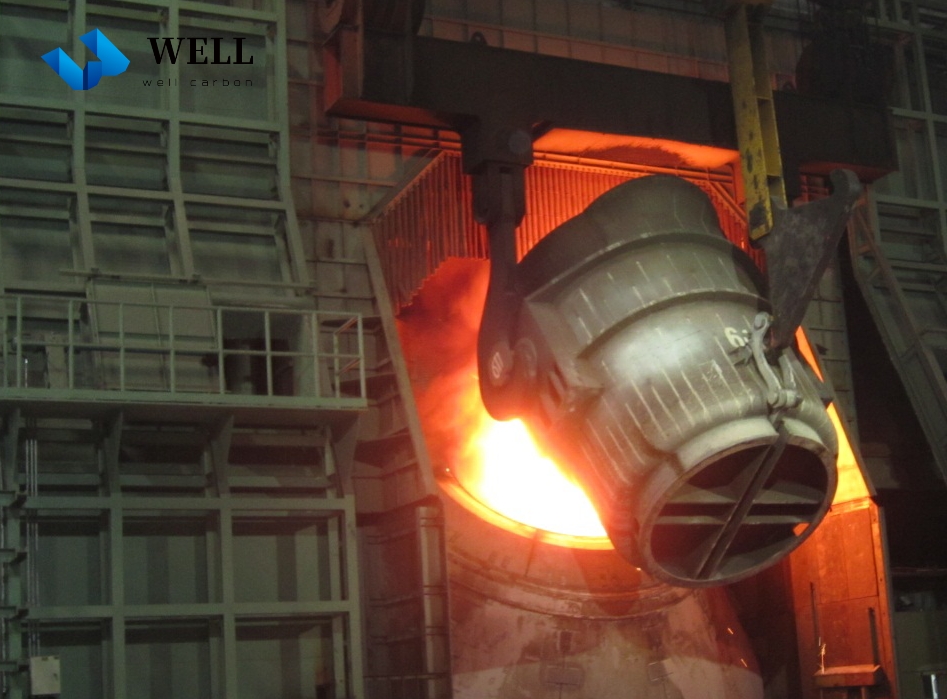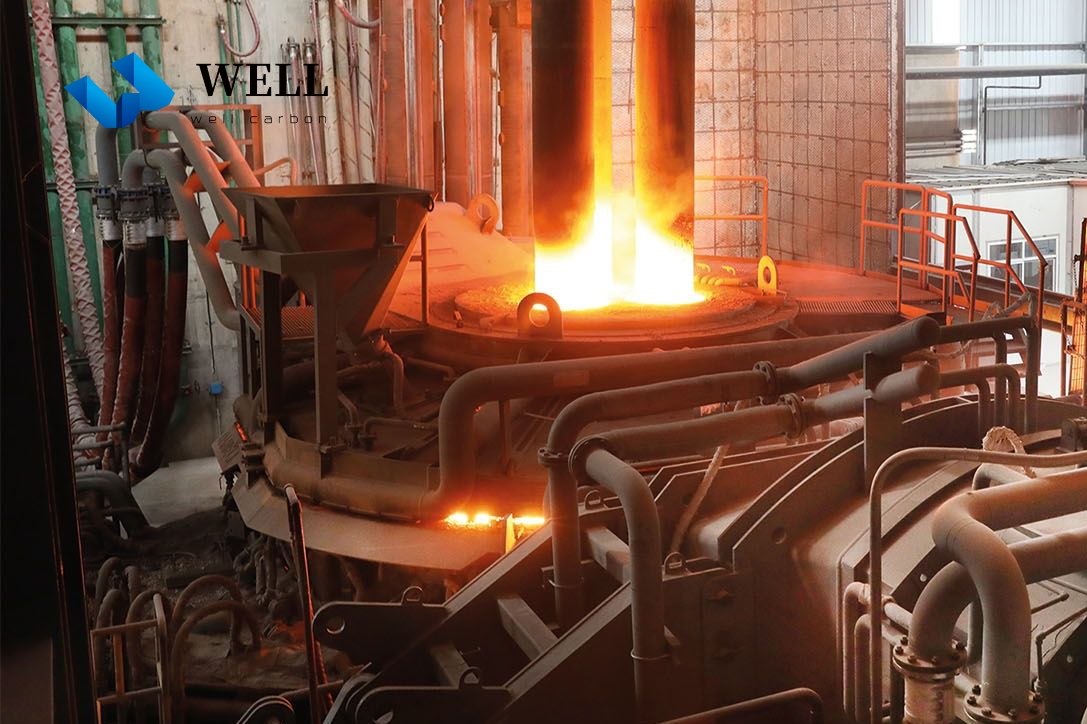From the analysis of smelting method, production capacity, and environmental protection, there are three differences:
1. Different raw materials
There is no requirement for raw materials in electric furnace steelmaking, and all scrap steel can be used, but converter steelmaking water should account for 90%.
2. Different energy consumption
Electric furnace steelmaking consumes electricity and oxygen, while converter steelmaking consumes oxygen.
3. The composition of tapping liquid is different
The composition of tapping liquid in electric furnace steelmaking is relatively stable, while the composition of tapping liquid in converter steelmaking is quite different.
Extended information

Converter steelmaking:
The furnace body of the converter can be rotated, the outer shell is made of steel plate, and the inner lining is made of refractory material. There is no need for additional heating during converter steelmaking, because the molten iron is already high temperature, and the heat-generating oxidation reaction continues inside it. This reaction comes from silicon, carbon in the molten iron, and blowing in oxygen. Because it does not need to use fuel for heating, it reduces energy consumption, so it is widely used in steelmaking.
When the oxygen blown into the furnace reacts with the carbon in the molten iron, the carbon content in the molten iron will decrease and become steel. This reaction itself generates heat, so the molten iron will not only remain molten, but may become hotter and hotter. Therefore, in order to adjust the suitable temperature of molten iron, people will add some scrap steel and a small amount of cold pig iron and ore.
At the same time, some lime, quartz, fluorite, etc. should also be added. These substances can form slag with the waste generated when molten iron is turned into molten steel. Therefore, they are called slagging materials.

Electric furnace steelmaking:
The heat source of electric arc furnace steelmaking is the electrode made of graphite in the electric arc furnace. A strong arc can be emitted between the end of the electrode and the charge, similar to the lightning we see, with extremely high heat energy. We know that carbon in molten iron is mainly oxidized in steelmaking to reduce the carbon content, but when some steel types need to contain other elements that are easily oxidized, if too much oxygen is blown, those The elements are also oxidized twice.
At this time, the use of electric arc furnace steelmaking is much superior. Therefore, electric arc furnaces are often used to smelt alloy steel and carbon steel. Electric arc furnaces mainly use scrap steel as raw materials. After the charge is loaded, the furnace cover is closed and the electrode is lowered to the surface of the charge. At this time, when the power is turned on, the electrode will send out an arc to melt the charge near the electrode. Then increase the voltage to speed up the melting rate.
With the melting degree of the charge, the position of the charge (molten steel) will change, and the electrode will automatically adjust the height without being submerged in the molten steel. When making steel with an electric arc furnace, some oxygen is also blown in to speed up the melting rate. This oxygen blowing time must be mastered accurately, otherwise an explosion will occur.
